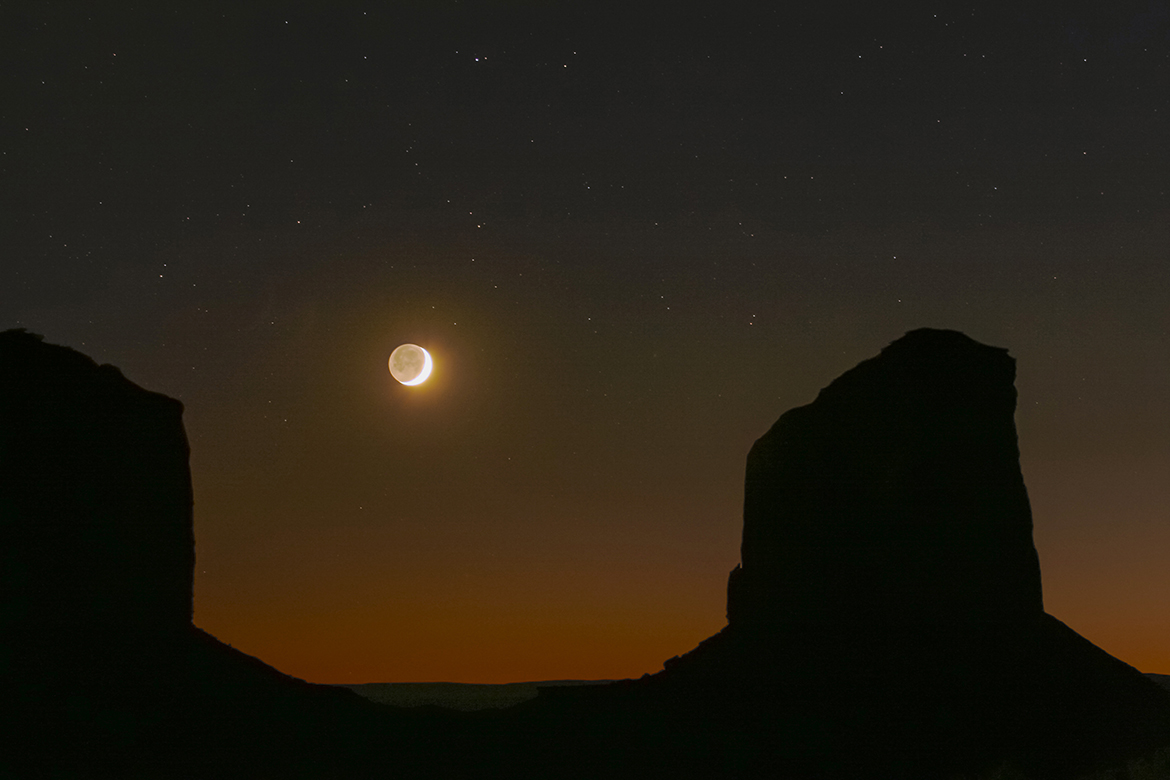
There is enough earthshine to illuminate the night side of the moon.
Monument Valley, Navaho Nation
4 November 2005
Canon EOS 20Da
previous | nightscapes index | next


There is enough earthshine to illuminate the night side of the moon.
Monument Valley, Navaho Nation
4 November 2005
Canon EOS 20Da
previous | nightscapes index | next
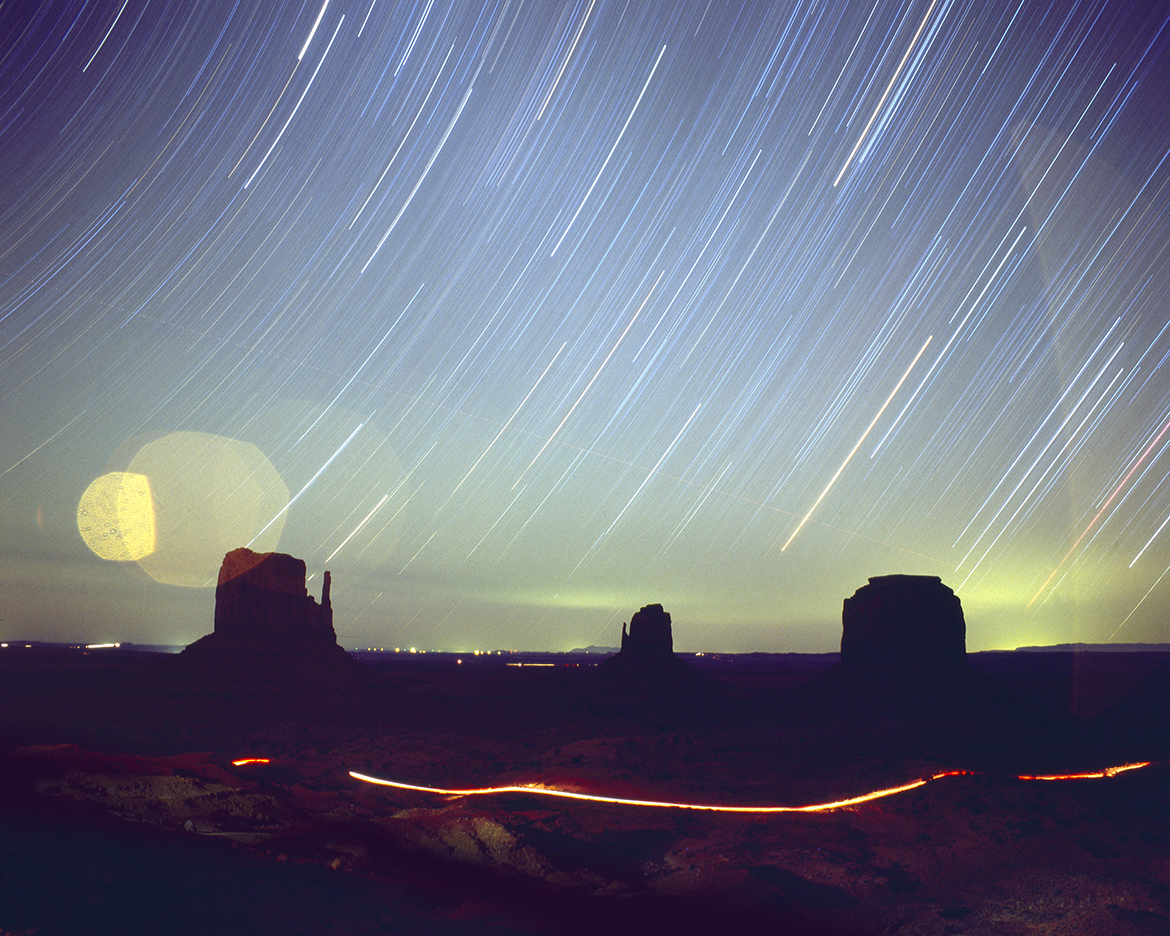
A 90-minute exposure captures a variety of lights. The stars mark their clockwork passage across the sky of course, but civilization also leaves its mark. Airplane beacons flash as they pass through, distant towns show on the horizon, and local traffic finds its way along the private road below. Private, but not unseen, and when the headlights aim in my direction, with the lens wide open, the film captures their flare.
Monument Valley, Navaho Nation
4 November 2005
Pentax 6×7, 55mm f/3.5, 90 minutes
Kodak E200 +1 stop push
previous | nightscapes index | next
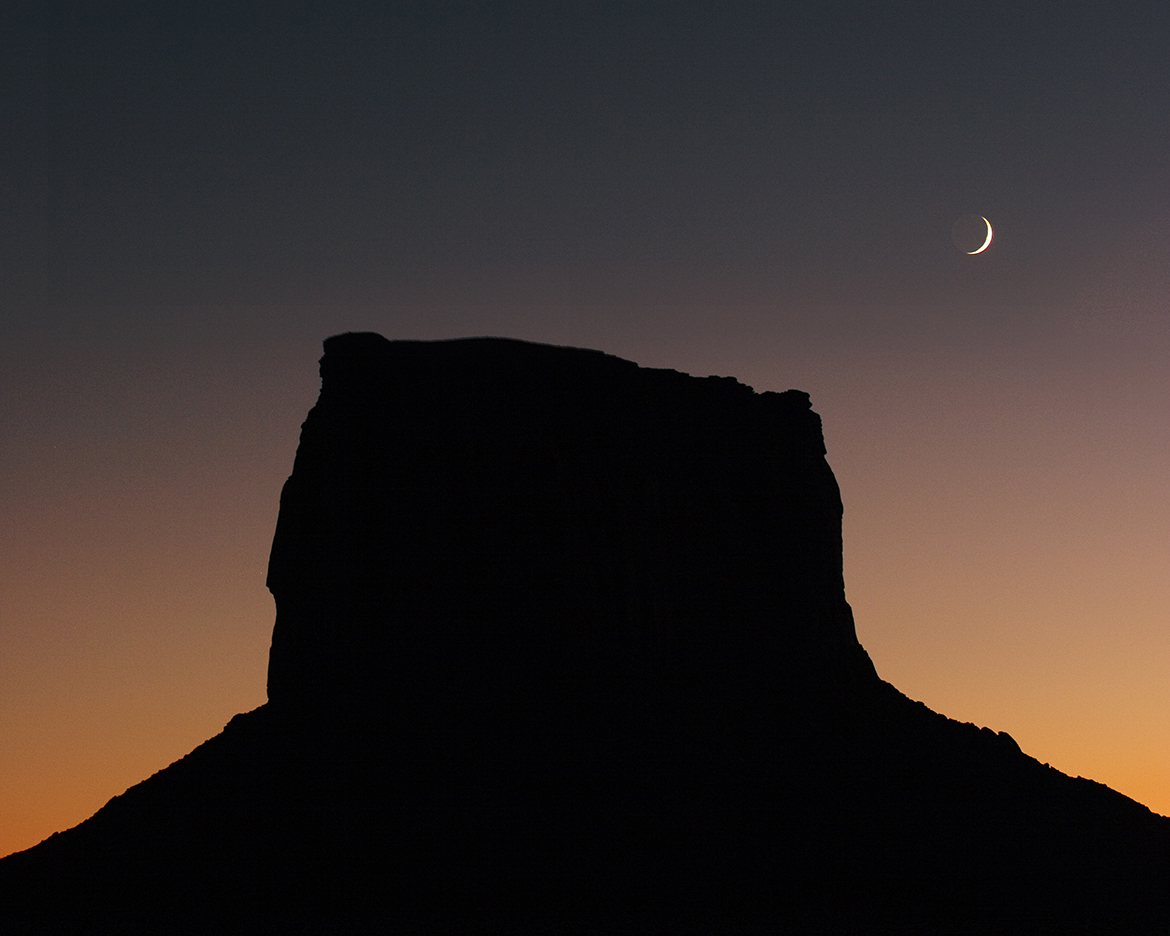
A day later the crescent moon accompanies the ancient monument.
Monument Valley, Navaho Nation
4 November 2005
Canon EOS 20Da
previous | nightscapes index | next

A beautiful composition where a very young moon, maybe less than a day old, following a short distance behind the setting sun, accents the sky.
Monument Valley, Navaho Nation
3 November 2005
Canon EOS 20Da
previous | nightscapes index | next

As the sun sets in the west, the view to the east shows a distinct purplish band at the horizon. This is the Earth’s shadow on the sky, a forecast of the twilight to come.
Monument Valley, Navaho Nation
3 November 2005
Canon EOS 20Da
previous | nightscapes index | next

The sun has just set and the remaining colors cast a warm glow on the “North Mitten”. The sky behind it shows the shadow of the Earth on the sky just above the horizon.
Monument Valley, Navaho Nation
3 November 2005
Canon EOS 20Da
previous | nightscapes index | next
I have used this blog as a vehicle to “pre-publish” the pages for what I call “Coffee Table Nightscapes”. I’ve been reviewing the night sky pictures and astrophotos that I have taken over the last few decades, selecting my favorites, annotating them, and preparing them to be published as a photo book. They begin with pictures of comet Hale-Bopp in 1997, include many from my Nightscape Odyssey taken in 2001, and I had worked my way up through the 2004 pictures from Yosemite.
I will now pick up from there by posting pictures of Monument Valley during a trip to Arizona in 2005. The full story of obtaining these photos has already been presented in earlier blog entries. Here is a portrait of the distinctive landscape at sunset, one I have included among the banner images on this site.

Utah, northwest of Monument Valley
2 November 2005
Canon EOS 20Da
previous | nightscapes index | next
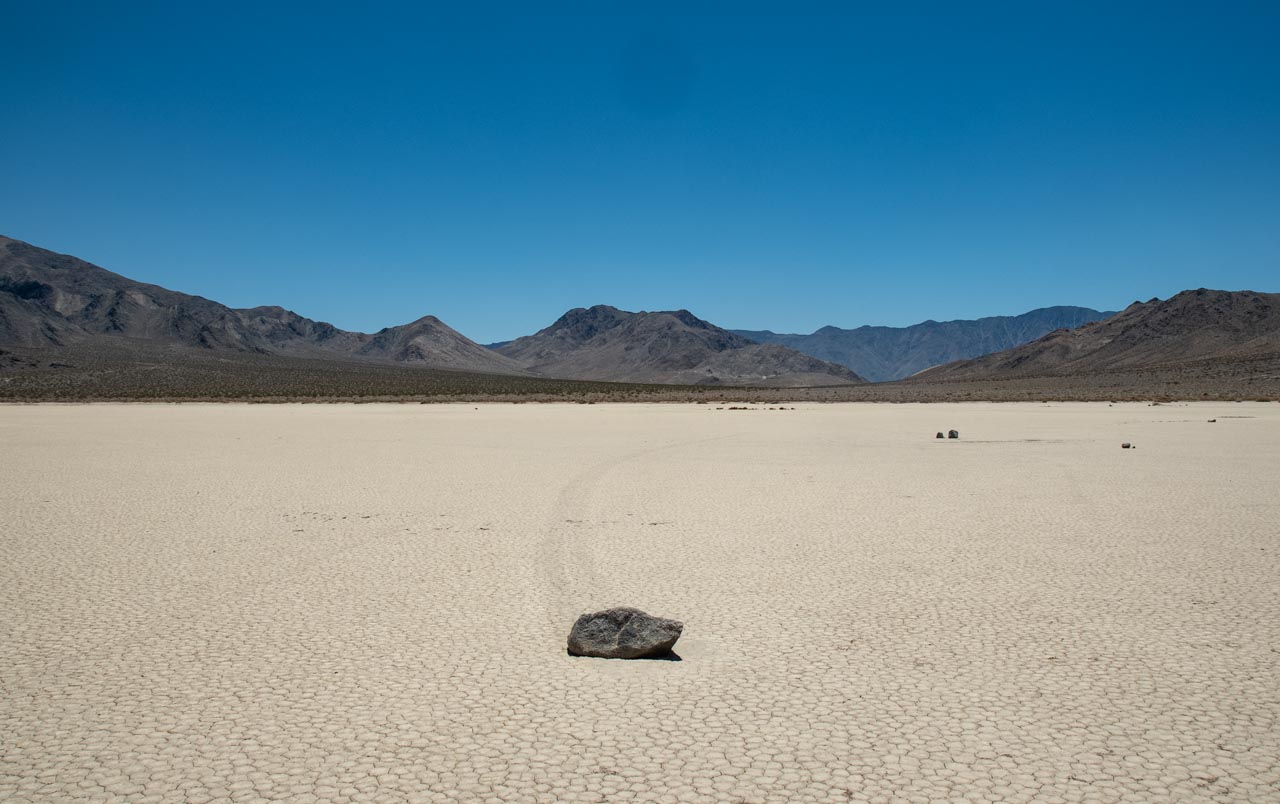
There was a second wide spot in the road at the south end of the playa; we parked and continued our explorations. This time we found stones sitting on the surface of the lakebed. There were not many, and we had to hike a mile or so to find them. Some sat happily contemplating their position in the uniform semi-infinite plane of mud cracks. Others showed a faint trail of disturbed, and now solidified mud, leading to their current position. These were the famous sailing stones!
Continue readingLife highlights are those you can list on a single hand. They are indelible events that exceed the normal range of our experience. They may include a first kiss, the birth of a child, recognition of a career accomplishment, or the challenging hike to reach a beautiful mountain pass. This is the story of adding one more of those outlier life experiences to my list.
Years ago, I had read about the geologic mystery of the “sailing stones” on the Racetrack Playa in Death Valley. Death Valley is an intriguing place and not just because of its ominous (and deserved) name. It is a geology and biology classroom, displaying the impacts of volcanoes intruding on sedimentary layers that have been shape-shifted into ribbons of colorful escarpments with water and wind-eroded features. Somehow, the valley has fallen below sea level, and the water, when there is water, dissolves minerals from the mountains and finds its way to the bottom, where it evaporates and leaves the residue behind as a salt flat.
In the spring, the water also nourishes an intense flowering of desert plants, desperate to reproduce. For a few brief weeks, colorful plants and flowers adorn the roadsides and cover the otherwise barren hills. I have been to Death Valley during this season, during a “superbloom” following an unusually wet winter. It was a stunning display of flowers in this otherwise arid and nonviable setting, something I had never expected to see. As impressive as this floral show was, I had really hoped to visit the famous sailing stones on the playa.
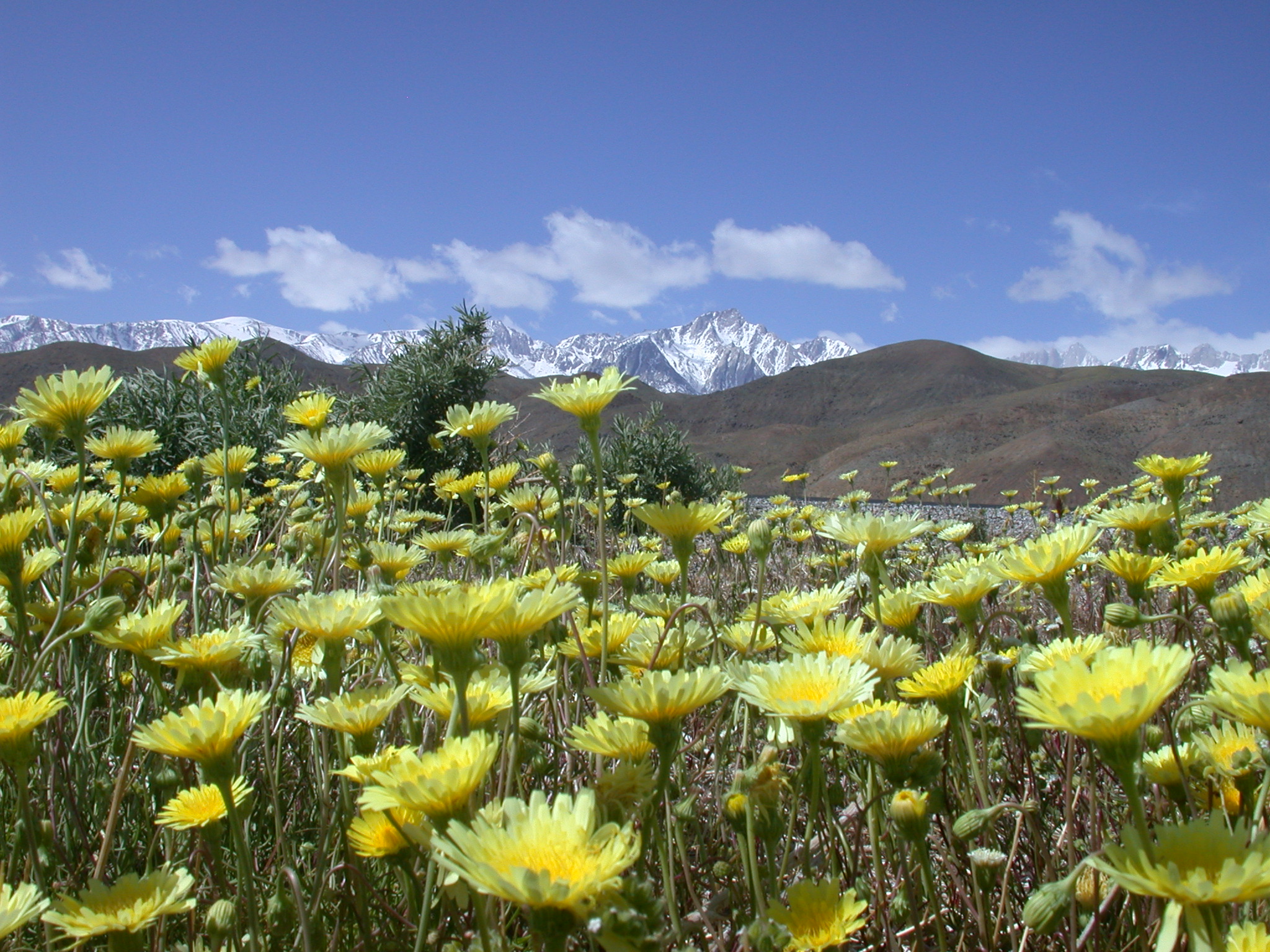
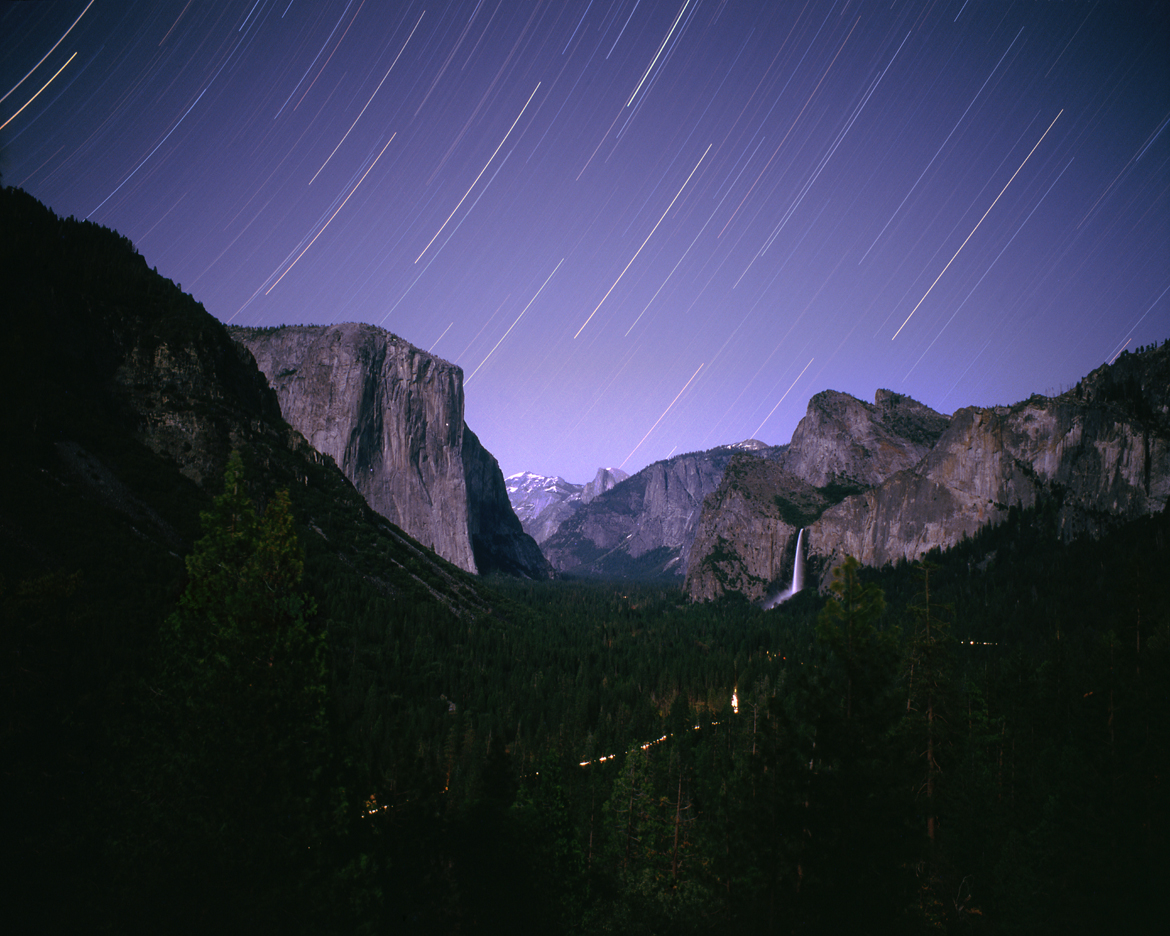
The light of a setting crescent moon illuminates the famous valley. El Capitan looms on the left, a point of light is seen on its face, the flashlight of a climber, strapped to the wall for an overnight pause in progress. Half Dome is in the distance, and Bridalveil Falls pours reflected moonlight into the valley, the headlights of cars seeming to carry it downstream alongside the Merced River.
Yosemite National Park, CA
April 2004
Pentax 67 w 55mm lens at f/4
60 minute exposure on Provia 400
If you are interested in my occasional contributions to Thor’s Life-Notes, I invite you to follow along.